Gardening in extreme warmth can be a demanding endeavor, presenting unique obstacles and tests to even the most experienced gardeners.
The scorching sun and relentless heat, coupled with the arid conditions, can pose significant challenges for plants striving to flourish in such an environment.
But with careful planning, thoughtful strategies, and a touch of resilience, you can transform your garden into a thriving oasis even within the hot climate of Zone 13.
Choosing the Right Plants
When it comes to gardening in extreme warmth, choosing the right plants is crucial. Select species that can thrive in high temperatures and low rainfall.
Heat-Tolerant Varieties
Heat-tolerant plants are those that can withstand high temperatures and direct sunlight without wilting or dying. Some popular heat-tolerant plants include:
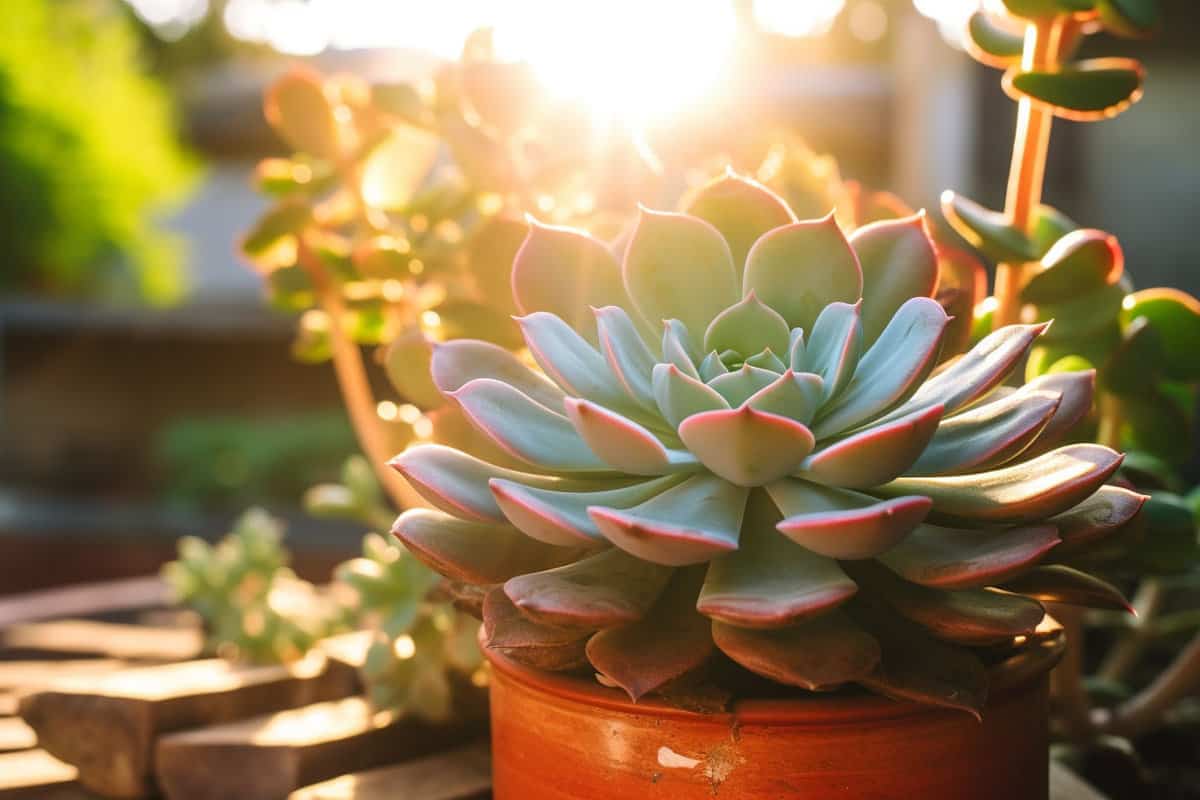
- Cacti and succulents: These plants are known for their ability to store water, making them perfect for dry, hot climates.
- Bougainvillea: This colorful plant is a great addition to any garden, as it can withstand extreme heat and drought.
Drought-Resistant Species
Drought-resistant plants are those that can survive with minimal water. These plants are ideal for Zone 13 gardens, where rainfall is scarce and water conservation is crucial.

Some popular drought-resistant plants include:
- Lavender: This fragrant plant is drought-resistant and can thrive in hot, dry conditions.
- Agave: This plant is known for storing water in its leaves, making it perfect for arid climates.
Soil Preparation
The soil in Zone 13 can become dry and compact, making it difficult for plants to grow. Therefore, it is essential to prepare the soil before planting.
Improving Soil Drainage
Improving soil drainage is critical when gardening in extreme warmth. When the soil is compacted, it can lead to poor drainage and waterlogging, which can cause root rot.
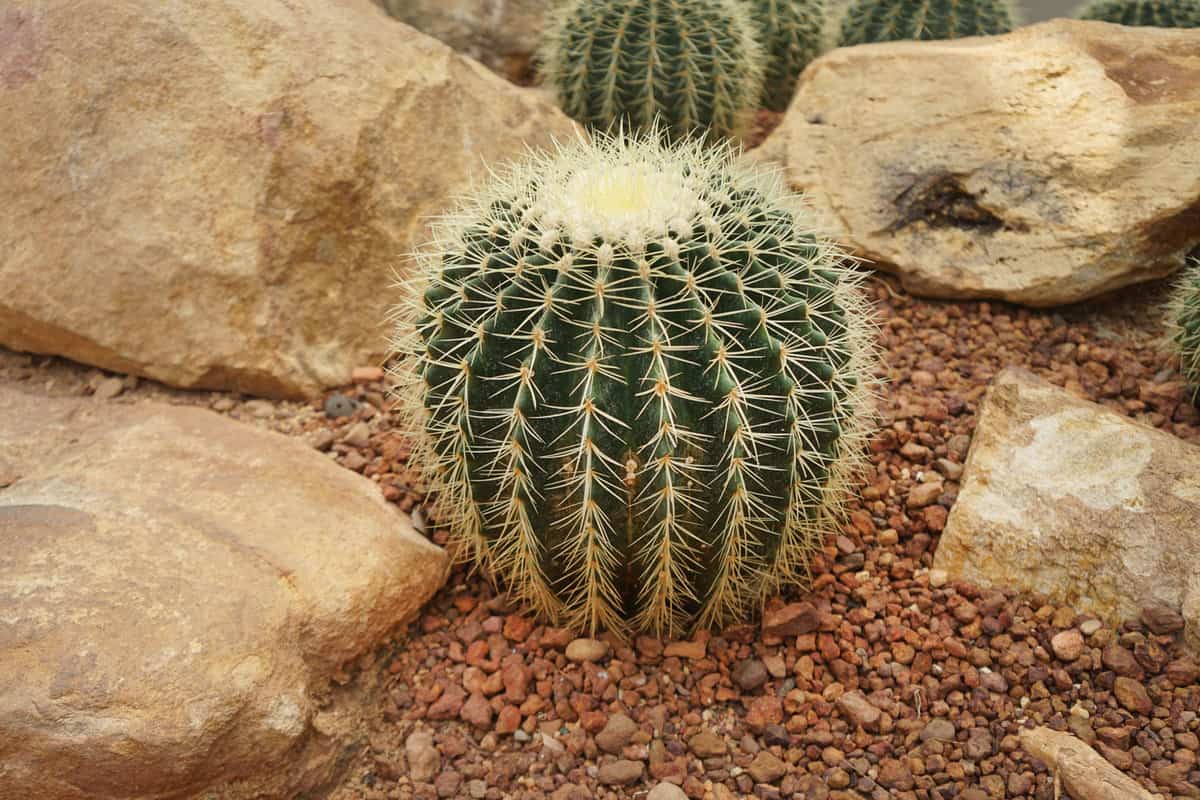
To improve soil drainage, gardeners can:
- Add sand or perlite to the soil to increase drainage.
- Dig a trench around the garden bed to redirect excess water away from the plants.
- Use raised beds to improve drainage and prevent waterlogging.
Adding Organic Matter
Adding organic matter to the soil can help improve soil structure, water retention, and nutrient availability. Gardeners can add organic matter by:

- Mixing compost into the soil before planting.
- Using cover crops to add organic matter to the soil.
- Applying mulch to the soil surface to retain moisture and add organic matter.
Watering Strategies
When gardening in extreme warmth, watering is crucial to the survival of plants. Here are some watering strategies to help your Zone 13 garden thrive.
Best Time for Watering
The best time to water plants in Zone 13 is in the early morning. Watering during the heat of the day can cause water to evaporate quickly and can also burn the leaves of plants.
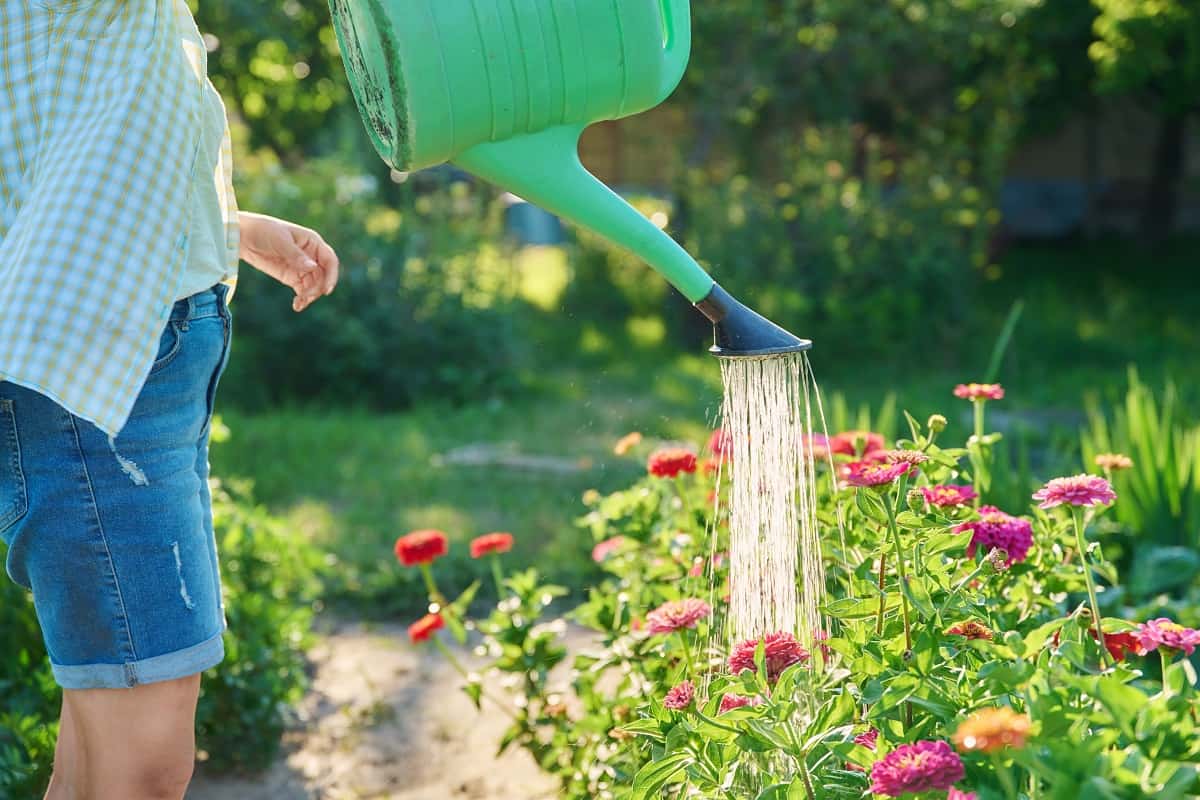
Watering in the early morning allows the plants to absorb the water before the day's heat sets in.
Deep Watering Technique
Deep watering is a technique that involves watering plants at the root level. This technique allows the water to penetrate deep into the soil, reaching the roots of the plants.
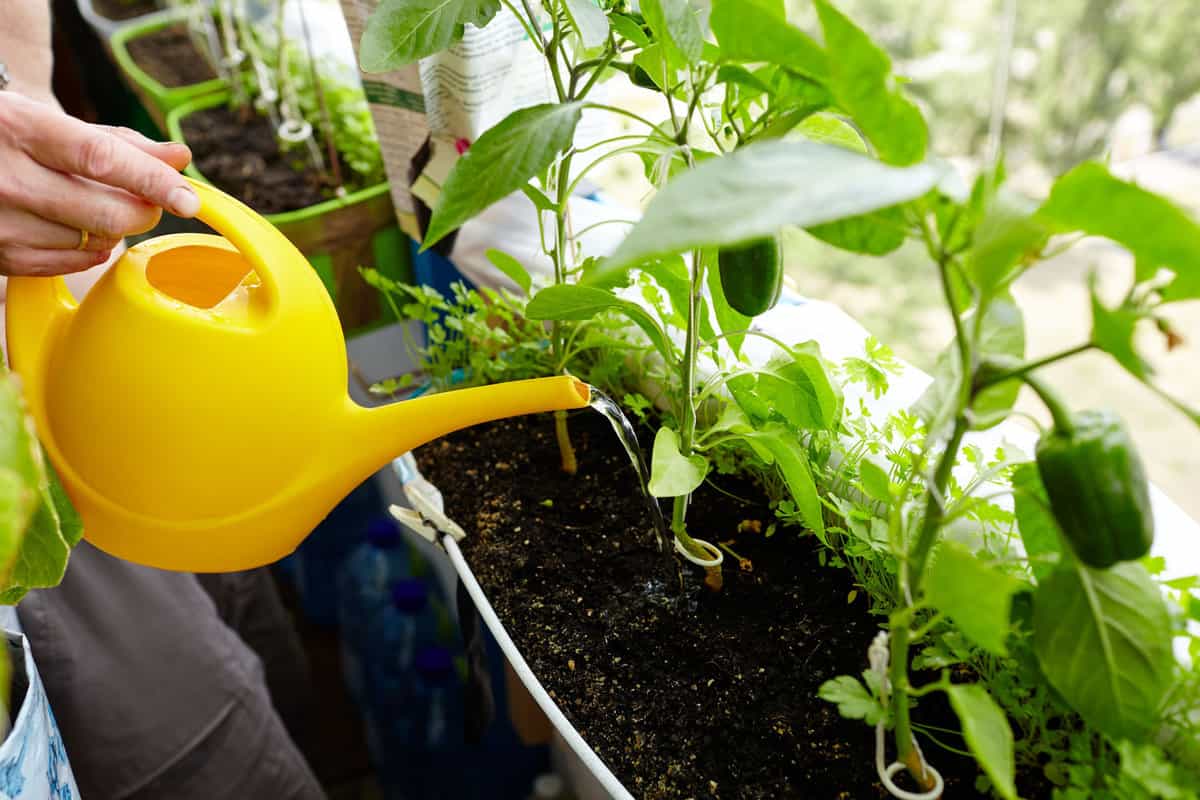
Water deeply and less often rather than watering shallowly and frequently. This helps the roots grow deeper, making them more resilient to extreme temperatures.
To deep water plants, use a soaker hose or a drip irrigation system. These methods allow water to be delivered directly to the root zone without wasting water through evaporation.
Another technique is to water slowly by hand, allowing the water to soak into the soil before moving on to the next plant.
Note that different plants have different watering needs. Some plants require more water than others.
Protecting Your Plants
One of the most important things you can do to help your plants thrive is to protect them from harsh conditions.
There are a few ways to do this, including using mulch and creating shade.
Using Mulch
Mulch helps to retain moisture in the soil, which is essential for plant growth. Mulch also helps to regulate soil temperature, keeping it cooler during the day and warmer at night.
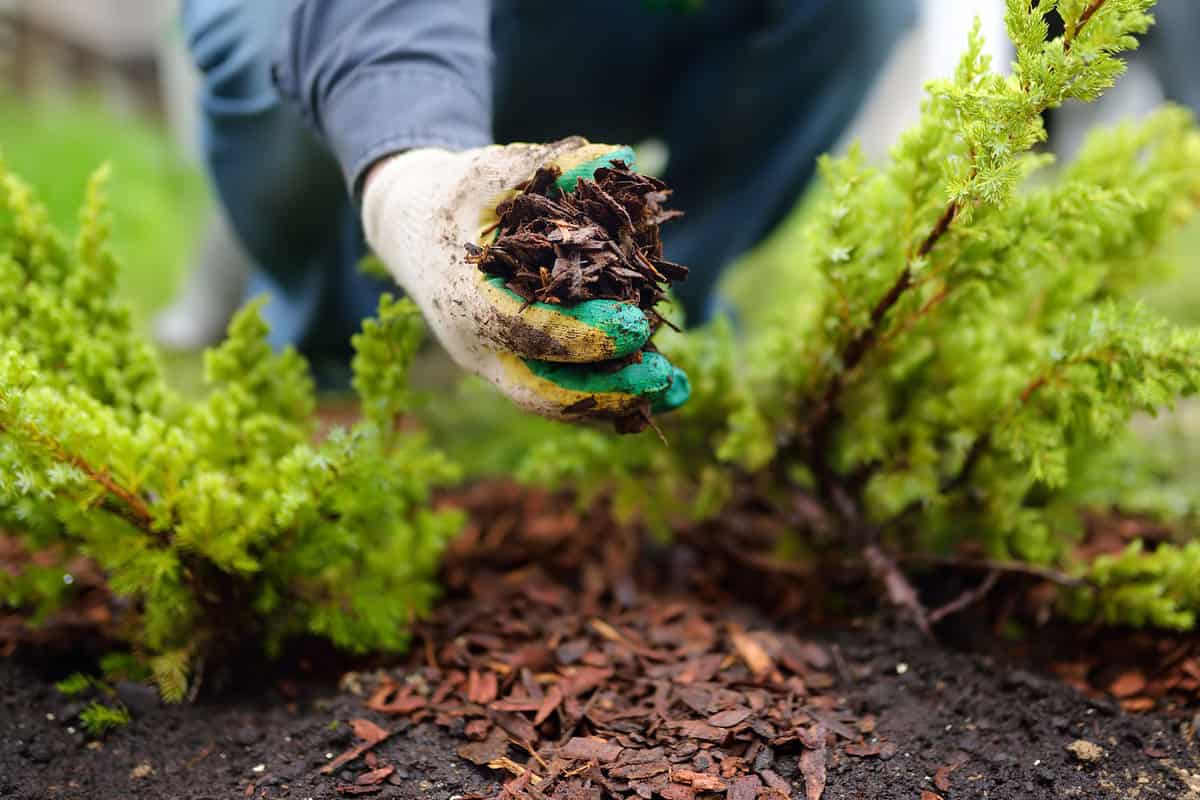
There are many different types of mulch available, including bark, wood chips, and straw.
When choosing a mulch, consider the type of plant you're growing and the conditions in your garden.
For example, if you're growing vegetables, you may want to choose a mulch that is high in nutrients, such as compost or leaf mold.
To use mulch, spread it around the base of your plants, taking care not to cover the stems or leaves.
Aim for a thickness of around 2-3 inches. Mulch should be replaced every year or so to ensure it continues to provide the necessary benefits.
Creating Shade
Creating shade is another effective way to protect your plants from extreme warmth.
There are a few ways to do this, including using shade cloth, planting trees, and using trellises.
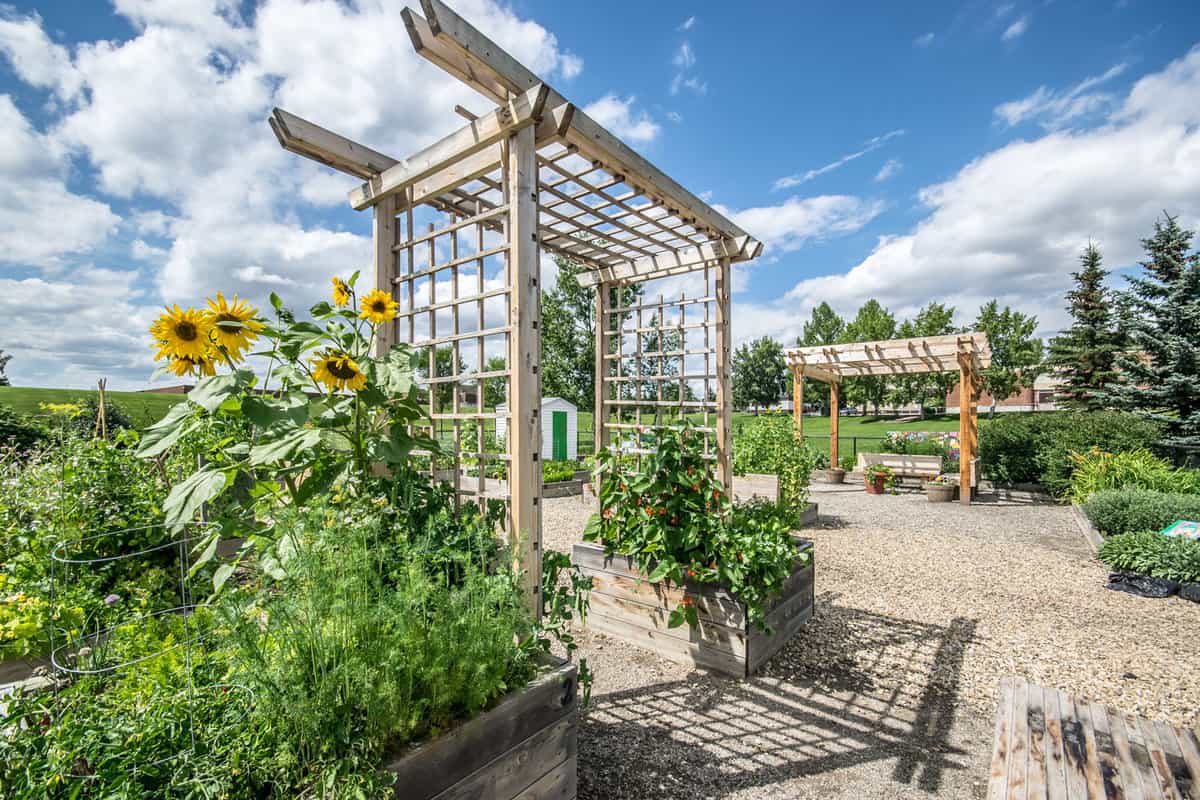
Shade cloth comes in a variety of colors and densities, so you can choose the level of shade that's right for your plants. Shade cloth is easy to install and can be removed when it's no longer needed.
Planting trees is another great way to create shade in your garden. Trees not only provide shade, but they also help to cool the surrounding air.
When choosing trees, look for varieties that are well-suited to your climate and soil conditions.
Trellises are a good option for climbing plants, such as tomatoes and cucumbers. They provide a vertical surface for the plants to grow on, which helps to keep them off the ground and in the shade.
Maintenance Tips
To keep your Zone 13 garden thriving in extreme warmth, regular maintenance is essential.
Pruning
Pruning should be done regularly to prevent overcrowding and to promote healthy growth.

When pruning, it's important to use the right tools. A good pair of pruning shears is essential, and you may also need loppers, or a pruning saw for larger branches.
Always make clean cuts, and avoid tearing or damaging the bark.
Fertilizing
In Zone 13, where the soil can be poor and dry, fertilizing is especially important.
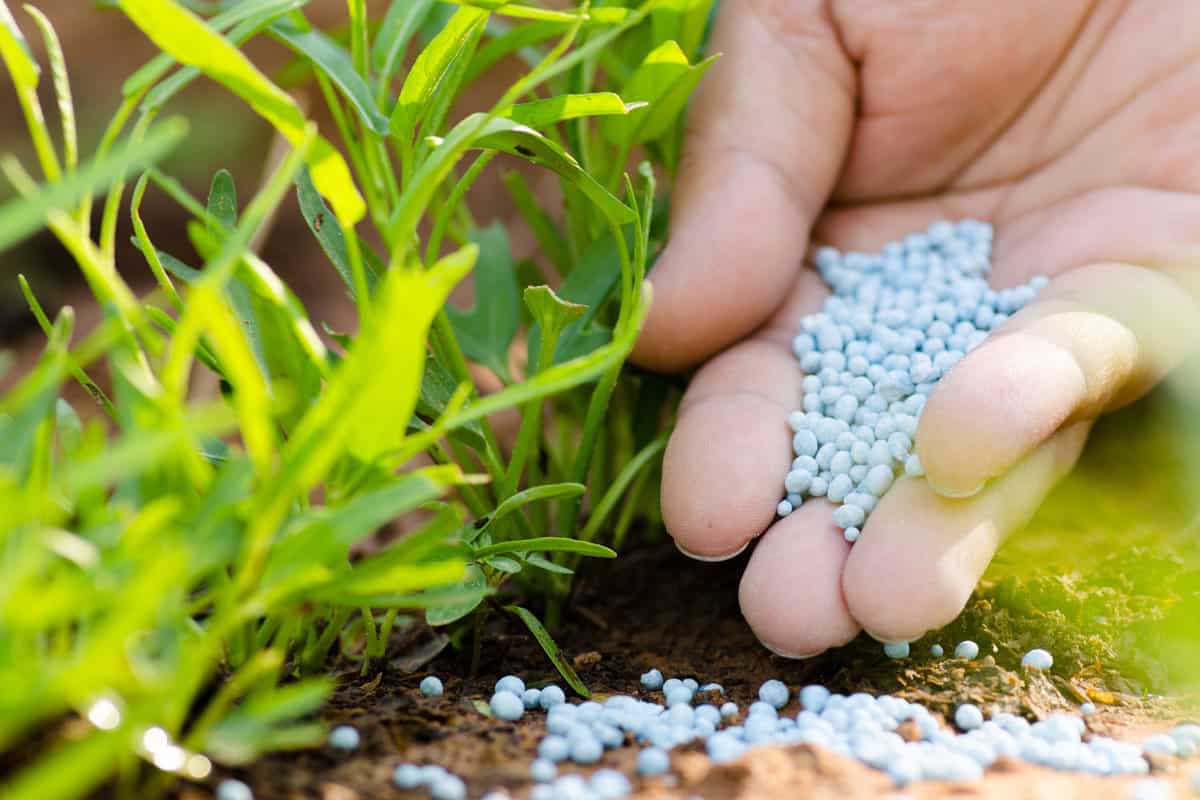
Before fertilizing, test the soil to determine its nutrient content. This will help you choose the right type of fertilizer and ensure that you don't over-fertilize.
Organic fertilizers are a good choice for Zone 13 gardens, as they provide slow-release nutrients and help to improve soil quality over time.
Pest Control
In Zone 13, where the warm climate can attract a variety of pests, it's crucial to take steps to prevent infestations.
One of the best ways to prevent pests is to keep your garden clean and debris-free. This will help to reduce the number of hiding places for pests.
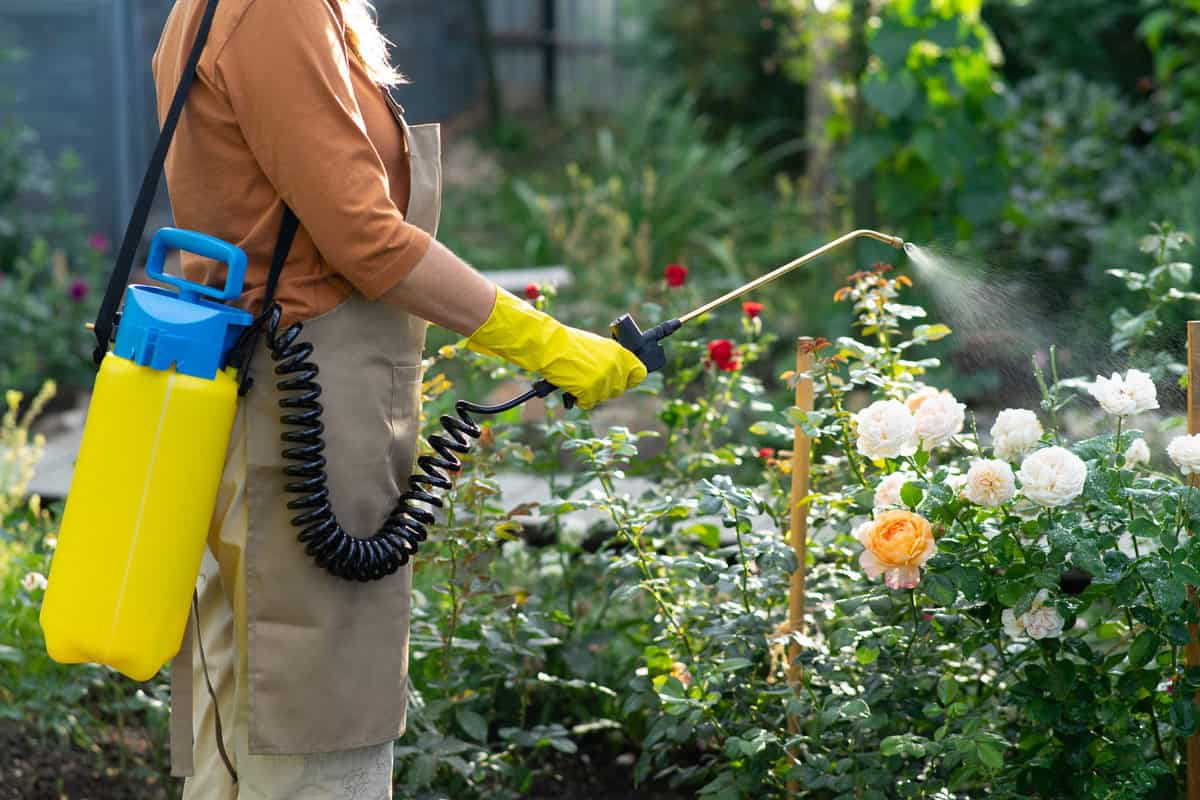
You can also use natural pest control methods, such as companion planting and beneficial insects, to help keep pests under control.
If you do have a pest problem, act quickly to prevent it from spreading.
There are a variety of organic pest control methods available, such as neem oil and insecticidal soap, that can help to control pests without harming your plants or the environment.
In Closing
With the right techniques, tools, and plants, anyone can create a thriving garden in Zone 13.
The key to success in Zone 13 gardening is to choose plants that are well-suited to the local climate. This means selecting plants that can tolerate high temperatures, low humidity, and limited water.
It is also important to provide plants with adequate shade and protection from the sun, especially during the hottest part of the day.
Water plants deeply and infrequently to encourage deep root growth and prevent moisture loss.
Consider using raised beds to provide better drainage and soil quality.
Lastly, regularly monitor plants for signs of stress or pests, and take action promptly to prevent further damage.
By following these tips, you can create a beautiful and productive Zone 13 garden that thrives despite the extreme warmth.
Before you go, be sure to take a look at these other guides:
The 17 Best Plants to Grow in Zone 13a (60 to 65 °F/15.6 to 18.3 °C)
The 17 Best Plants to Grow in Zone 13b (65 to 70 °F/18.3 to 21.1 °C)
